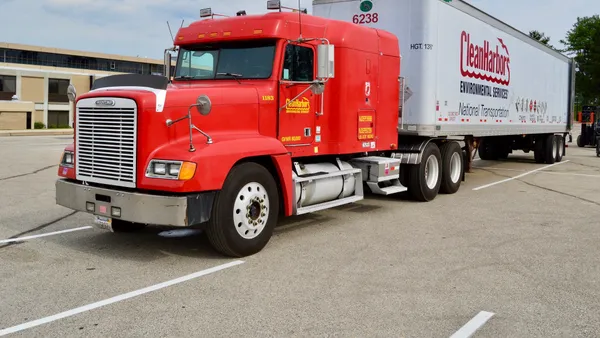Dive Brief:
- At least 29 casualties have been confirmed after a landfill landslide in the Sri Lankan capital of Colombo, and some estimates say that up to 100 people may still be missing, as reported by NBC News and other media outlets. More than 1,000 emergency workers have been brought in to the crisis area, though a military spokesperson told Reuters it is unlikely they will find any survivors.
- The incident occurred on April 15 during Sri Lanka's new year celebrations and damaged an estimated 145 homes. Geological investigators believe that the landslide was caused by a methane explosion, as reported by The New York Times.
- Residents in the Meethotamulla area had been calling for the closure of this 300-foot-high site for multiple years. The Sri Lankan government has announced that the site will now be closed, as reported by BBC News.
Dive Insight:
The Meethotamulla dumpsite was accepting up to 800 metric tons of waste per day, causing concerns among residents about health effects related to water pollution and mosquito proliferation. The fact that the site is finally closing may be cold comfort in light of the circumstances surrounding that decision. Even after the debris is cleared, it could take years to ensure that the site has been closed safely.
Last year, the International Solid Waste Association (ISWA) released a report that linked 750 deaths to dumpsites in less than a year and outlined strategies for beginning to close the world's 50 most egregious examples. ISWA is turning its attention the Estrutural landfill in Brazil's capital first — one of multiple challenging sites in the country — and the urgency of this need has been recently demonstrated in other countries as well. At least 113 people were killed by a landfill landslide in Addis Ababa, Ethiopia last month.
As outlined by ISWA, closing these dumpsites will also help countries work toward achieving the U.N.'s Sustainable Development Goals. If allowed to continue in their current states, these sites could comprise 10% of global greenhouse gas emissions by 2025. Out of the 50 largest ones, 38 are also in coastal areas and are sources of the ongoing marine pollution crisis that has drawn attention from Sri Lanka and many other countries.











